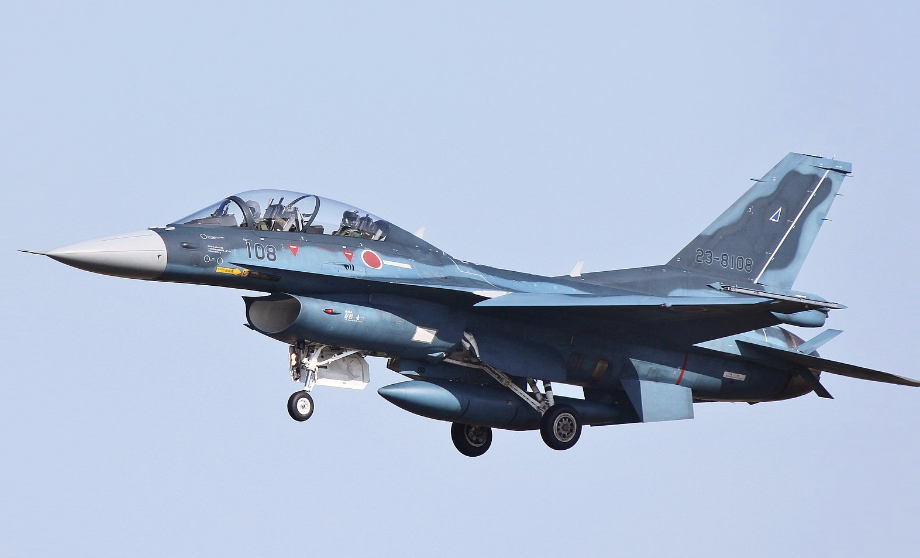Why Is Japan Trying to Build a 6th Generation Fighter Jet?
An F-2, Japan’s Current Primary Fighter Jet Photo: Jerry Gunner / Flickr
Article 9 of the Japanese constitution imposed by the US after the Second World War limits Japan’s military strictly to defense. Since the end of the War, Japan has consistently debated expanding its military capabilities and stands at a critical juncture today.
The restrictions imposed by Article 9 have often been referred to by the Japanese right as unfair and humiliating. While this sentiment remained prevalent in Japan through politicians such as Kishi Nobusuke, the limiting “Yoshida Doctrine” prevailed, and Japan maintained a weak and defensive military with the protection of the US. As a result, military spending remained low in Japan for decades, while the Japanese economy flourished.
In a change of pace, Japan’s dominant political party, the Liberal Democratic Party (LDP), has tried to bring Japan back to military prestige over the past couple decades. Spurred by increased tensions with China and North Korea, Shinzo Abe continuously reinterpreted Article 9 to allow for increased military spending and capabilities that often appear more offensive than defensive. Chief among these increases in capabilities is the Mitsubishi F-X program. This program began in the late 90s when the US decided not to allow exports of the F-22 Raptor, due to concerns about adversaries stealing American technological advancements. Since then, the Mitsubishi F-X program has quietly made progress in developing a capable 6th generation fighter for Japan. The program is slated to replace the F-2, a Japanese variation to the F-16, as the primary fighter in the Japanese Air Self-Defense Force in the 2030s.
Both the sensitive information involved in the advanced technology and the current early stages of the program make it difficult to be certain of any final design specifications. The available information indicates that the fighter will have twin-engines, stealth, and microwave weapons. Other rumors that swirl around the F-X program suggest that F-X planes would come with unmanned wingmen that provide radar information and other forms of support. Due to the partnership with Lockheed Martin, many parts of the final design will likely be influenced by the F-22 and F-35, such as the F-35’s unique $400,000 helmet. If the F-X program fulfills its goals and Japan intends to sell the plane to allies, Japan could challenge the US’s place as the dominant supplier of fighter planes to Western nations. In the meantime, Japan has acquired a total of 147 F-35s from the US. Most of the acquisition consisted of the F-35A, which is the traditional Air Force variant. With the F-X program still over a decade from completion, the Japanese military will rely on US planes for any confrontation in the near future. The acquisition makes clear that dreams of true military independence are still far from fruition.
U.S. Navy and Japan Maritime Self-Defense Force ships participate in exercise Keen Sword 21 in 2020 Photo: Erica Bechard / US Navy
The future of the Japanese military is currently uncertain. Unable to find a path to repeal Article 9, the ideological descendants of Kishi Nobusuke and Japan’s right-wing leaders have constantly pushed to regain Japan’s military prominence. The Mitsubishi F-X program represents the latest version of the ongoing effort. The program would help Japan become less dependent on the US for its security while committing to higher military spending. The specific need for a fighter with capabilities beyond the F-35 makes the expensive strategy challenging to justify to the Japanese public. However, when the plan is in the light of a desire for independence from US arms sales, it becomes more reasonable. Moreover, the recent conflict in Ukraine and increased chatter of a Chinese invasion of Taiwan will likely only heighten Japan’s worst geopolitical fears. Whether or not Japan’s military continues to expand towards becoming an offensive force remains to be seen. Still, the decades-old internal dispute about the place of Japan in the global order is likely to continue long into the future.


